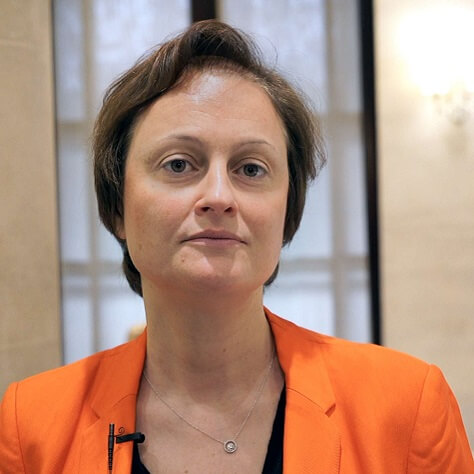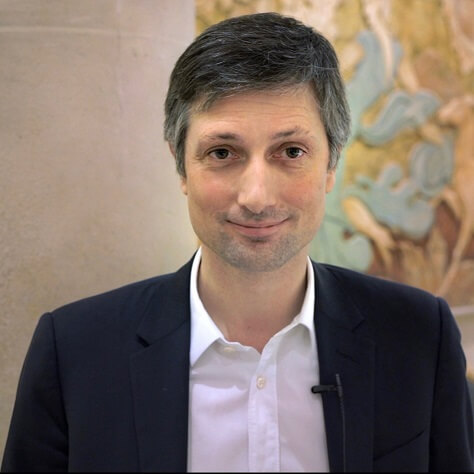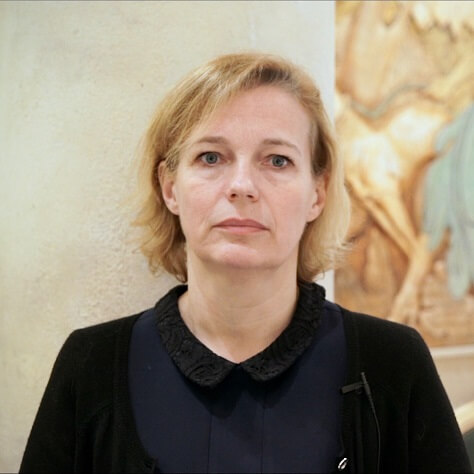On 22nd February 2018, Wavestone hosted a roundtable discussion on the theme of leveraging Agile methods to support business transformation. Three speakers were invited to share their experience in implementing Agile across their organisations:
The Agile approach often promises a livelier business and a profound transformation of the ways of working by bringing together all relevant stakeholders on the project journey. Companies expect to deliver their projects faster by focusing on client needs and expectations and whilst avoiding the pitfalls from more traditional approaches. Since Agile is shaking up the decision-making process and typical hierarchical models, many questions arise about the functional structure to adopt in an Agile organisation. Beyond the IT function, where Agile was born, is it possible to deploy such an approach and vision across all business functions? Is it only applicable to transformation projects or to running services and product development as well?
Should Agile be deployed in a progressive manner or with a Big Bang approach? Our guest speakers shed some light on what an Agile Bank or Insurance firm can look like by sharing the drivers that led them to become Agile, their new operating model and the key success factors and complications that arise from adopting Agile.
Agile is a way of bringing customer and employee experience together at the heart of the organisation with tangible performance results down the line.
The strengths of this approach are to be customer centric, to foster collaboration and to improve time-to-market. These were the key motivations that drove those three companies to entirely rethink the organisation of their business.
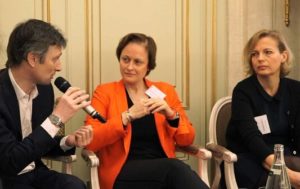 For Olivier Luquet (ING Direct), the key differentiator for an online bank resides in cutting-edge customer experience. Agile enables “the client’s voice to be embedded within the organisation” as teams are regularly receiving user feedback and able to adjust their service offering and, the value proposition is quickly adapted to the latest trends.
For Olivier Luquet (ING Direct), the key differentiator for an online bank resides in cutting-edge customer experience. Agile enables “the client’s voice to be embedded within the organisation” as teams are regularly receiving user feedback and able to adjust their service offering and, the value proposition is quickly adapted to the latest trends.
In the financial services sector, insurance companies are also implementing Agile in order to face the far-reaching transformation challenges ongoing within the industry (new technologies, changing market trends, etc.). This perspective is shared by Delphine Asseraf who emphasises that “it is important to construct an organisation around client needs instead of a product”. Allianz is thus not organised by insurance product but segmented by client need: “my mobility”, “my health”, etc.
Agile is also a way to revamp employee experience. Each team is responsible for a product or a client service offering. This gives them end-to-end visibility on the process and the ability to directly witness the outcomes of their decisions and eventually, all employees feel more engaged in their day-to-day activities.
Reducing time-to-market is also a strong feature of Agile. At Orange Bank, this was an obvious choice of approach in order to meet the 15-month timeline to setup an entirely new banking business.
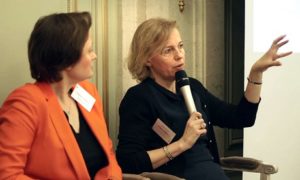 In the words of Elisabeth Sabbah, “Agile was the only way to develop our offering in an iterative manner”.
In the words of Elisabeth Sabbah, “Agile was the only way to develop our offering in an iterative manner”.
At ING, the mobile banking application is following a weekly delivery schedule driven by client feedback, says Olivier Luquet.
Being Agile requires embracing a client-focused organisation, segmented by business, managed with key performance indicators, and comprised of multidisciplinary teams working autonomously with coordination from their manager.
As they were operating in different contexts, our three speakers implemented Agile on various scopes of their organisations. Due to timing constraints, Orange Bank mostly deployed Agile for the project of developing their new mobile application. However, Allianz and ING Direct extended the approach to their entire business including support functions and IT. Various techniques, such as, visual management and daily stand-up meetings, were introduced in the very early stages of the Agile transformation of some services such as client relationship management and central support teams.
Agile transformations can take many forms but our panellists from Orange Bank, Allianz and ING Direct all agree on several key points. Firstly, to instate multidisciplinary teams (also known as squads) that have full autonomy to take decisions collectively. For instance, at Allianz: marketing, actuarial, customer experience and product distribution experts are all brought together in the same team. These teams are self-organised and define their own roadmap in accordance with the global strategy.
Then, one of the crucial objectives of an Agile transformation is to promote more cross-sectoral collaboration within the firm. At Allianz, this was achieved by creating ecosystems focused on one specific aspect of the business and equipped with everything required for success. Each ecosystem is split into as many squads as necessary and staffed with employees originating from all parts of the organisation. Team members are selected by their HR managers in respect to the operational needs of the squad. This structure helped Allianz focus on two critical priorities: meeting their clients’ expectations and managing productivity. ING Direct fully replaced their existing hierarchical structure by a tribe model centred on the main businesses and functions of the bank (savings, credits, customer relationship, etc.). This was undertaken with validation from employee representatives.
In addition, introducing an agile methodology requires senior management to be more engaged and active in their decision-making. At ING Direct, Olivier Luquet explains that steering committees were organised on a weekly basis for management to “take their responsibilities and be available for their teams”. The various teams are given the opportunity to present their issues and ask all questions they need to management.
Every three months, all tribes are rounded up to share their accomplishments, project updates and resolve potential difficulties. Those “marketplaces” are pivotal events which promote an agile culture, sharing ambitions and facilitating team management. Similarly, at Orange Bank, weekly prioritisation meetings are held with the presence of two rotating members from the executive committee as getting management closer to their teams speeds up the decision-making process.
A successful implementation of an Agile approach lies in three factors: acculturation, communication and inclusion of everyone, starting with the board of directors…
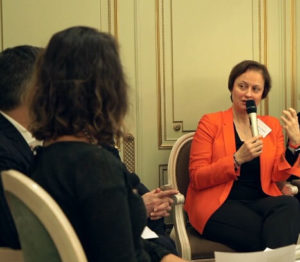 Launching Agile requires commitment from all members of the organisation to familiarise themselves with this new way of working.
Launching Agile requires commitment from all members of the organisation to familiarise themselves with this new way of working.
The process to deploy the approach must be well prepared in advance, “with a lot of focus on explaining the motivation behind it”, says Delphine Asseraf. Allianz dedicated 9 months to reflect on this process and involved a hundred employees.
A key success factor to Agile adoption is frequent communication. According to Delphine Asseraf (Allianz): “the message must be embodied and unite everyone”. This resulted in the creation of an “Agile mindset” supported by the CEO. This was a decisive step in the acceptance and assimilation of the approach.
Moreover, participation from both teams and steering committees is prescribed for several reasons. Not only does the steering committee define the high-level priorities for the teams, but it also helps to identify the best people who can champion Agile across the company.
At Orange Bank, the Agile approach was used on the project of establishing the new bank. Their key challenge now is to sustain this way of working in the long term with respect to their day-to-day operations.
